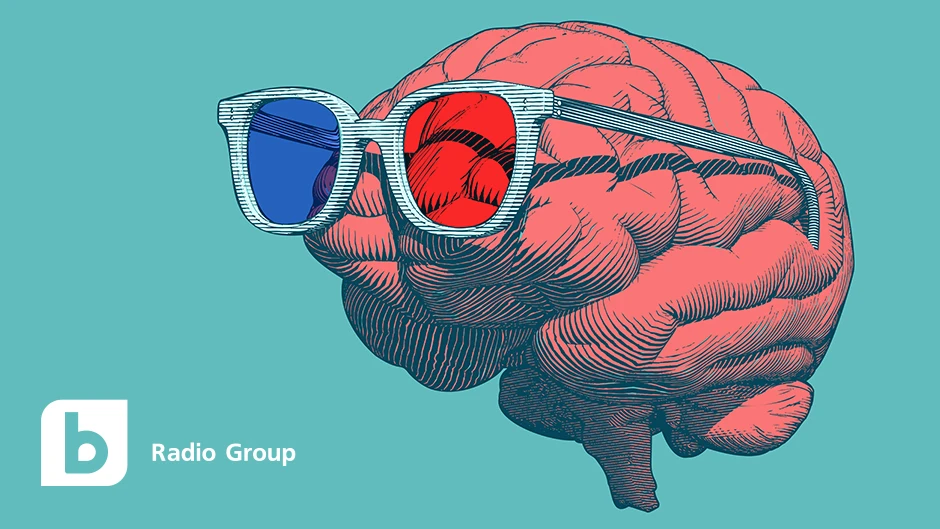Advertising Budgets Across The Media Are Invested Based On Perception, Rather Than Evidence
A new study confirms the huge discrepancy between advertisers' subjective opinion and the real media effectiveness

A UK study found that there is a significant difference between what advertisers and media planners perceive as "best performing media" (in terms of results) and reality. The study was published in late 2020 by the British Radiocenter in partnership with Ebiquity, and is titled "Reassessing Media for Recovery - Understanding the True Value of Media for Brand Development in Challenging Times."
The main part of the study is the ranking of 10 different media from a group of respondents. Against each of the media there are 12 parameters listed, such as return on investment, brand recognition and targeting, and participants must vote for them, using five options from "very good" to "very poor".
The overall results in the table below show that all traditional media are underestimated by advertisers and agencies compared to reality. In particular, the print media are at the bottom of the rankings in terms of perception, while objective research puts them in third and fourth place.
And vice versa, newer types of media such as online video, social media, and online display advertising, which still do not have publicly available data to support their effectiveness, benefit from better perception. They rise above the respective positions that the research indicates, at the expense of the subjective feeling of the participants in the study.
Radio-specific findings
The study also asked participants to share their projections for how 2021 budgets for individual media will change from initial budgets before COVID 2020. This further reveals the extent to which media spending is driven by subjective perceptions, such as digital media occupy the first three places in terms of the planned increase in investment.
If you want to find out how the effectiveness of radio advertising is combined with other advertising channels, you can read HERE. And if you want to see for yourself the positive effect that radio advertising has, write to us at [email protected].